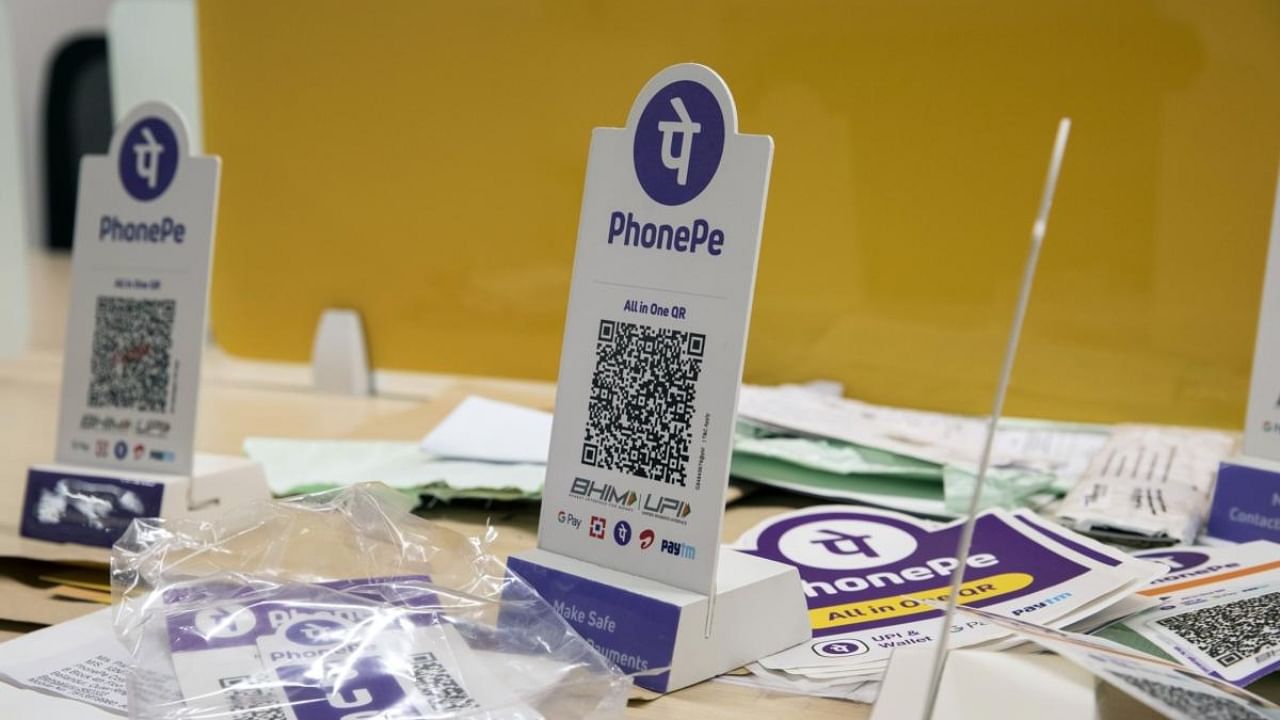
Twenty years ago, when a consumer bought groceries or consumer durables in India, he either paid cash or gave a cheque or a Demand Draft to the merchant. Today, he has multiple payment options. He can make the payment by scanning a QR (quick response) code or transfer money to the merchant using his phone number; he can swipe or wave a credit or debit card through the Point of sale (PoS) machine with the merchant; he can also use prepaid instruments like electronic wallets.
There are other modes of transfer of money, too. For repetitive payments like payment of salaries, life insurance premium, Systematic Investment Plan, and loan EMIs, individuals and corporates can use the National Automated Clearing House (NACH) credit or debit service. For large value transactions above Rs 2 lakh, there is Real-time Gross Settlement (RTGS). There is also the National Electronic Funds Transfer (NEFT) or Immediate Payment Service (IMPS) modes.
In all these payment systems, the transfer of money from the remitter to the beneficiary is in real-time, and instantaneous. The payment system is growing at a frenetic pace, with thousands of transactions happening every second and millions of new users joining the system every month. Digital transactions have spiked both in terms of volume and value over the last decade.
Speaking at the Global Fintech Fest 2022, recently, Finance Minister Nirmala Sitharaman, while lauding the evolution of payment systems in India, said that countries such as Singapore, Bhutan, France and others had shown interest in India’s payment system. She said that UPI (Universal Payment Interface) had clocked transactions worth $940 billion in 2021, equivalent to 30% of India’s GDP, and it has grown at a compounded annual growth rate (CAGR) of 160% in value terms, eclipsing all other payment forms since its launch five years ago.
In the last decade, India has witnessed exponential growth in payment systems, resulting in a paradigm shift in customer behaviour from cash to digital payments. The pandemic-induced lockdown in 2020 accelerated this process. Today, a villager finds it easier and more convenient to transfer money through his phone than to write a cheque!
Banks today don’t merely accept deposits for the purpose of lending but facilitate the payment and settlement system. Banks have evolved from brick-and-mortar banks to branchless banks.
The Reserve Bank of India, while tracing the journey of the payment system in India from 2010 to 2020 in its booklet published in 2021, says that “the shift in payment preference in the last 10 years is evidenced by the fact that the volume of paper clearing, which comprised 60% of total retail payments in the financial year (FY) 2010-11, shrunk to 3% in the FY2019-20. Payment systems have always been regarded as a public good and an ancillary activity of banks that can be leveraged as a base to provide various other services”.
Throughout this journey, the Reserve Bank, recognising the fact that payment systems are the lifeline of an economy and a means to achieve financial inclusion, has played the role of a catalyst and a regulator in achieving its objective of developing and promoting a safe, secure, affordable, and efficient payment system, as envisaged in the Payment and Settlement Systems Vision 2021 document. Institutions like the Institute for Development and Research in Banking Technology (IDRBT) and the National Payments Corporation of India (NPCI, which was formed in 2009 to integrate all the payment mechanisms in India and which developed UPI) have been instrumental in building a robust payment system. The move toward digital payment systems has also boosted the direct tax collections of the government in recent years.
The government abolished the Merchant Discount Rate (MDR) on transactions using RuPay debit cards and UPI from Jan 2020. While around five million merchants accept digital payments through a point-of-sale machine, nearly 50 million merchants accept payments via UPI by means of the QR code. The government has promised to compensate banks for the costs incurred by them to maintain this infrastructure, estimated to cost over Rs 5,000 crore.
Notwithstanding the criticism of skeptics who will keep talking about the vulnerability of gullible customers to cyber frauds in digital transactions, payment systems have come of age in India. However, the government needs to address the issue of ‘convenience fee’ that consumers pay while making payments online to book a flight, train, or movie ticket or for making utility bill payments. After all, the government wants to discourage cash payments and promote -- not penalise -- digital payments!
(The writer is a former banker and currently teaches at Manipal Academy of Global Education, Bengaluru)